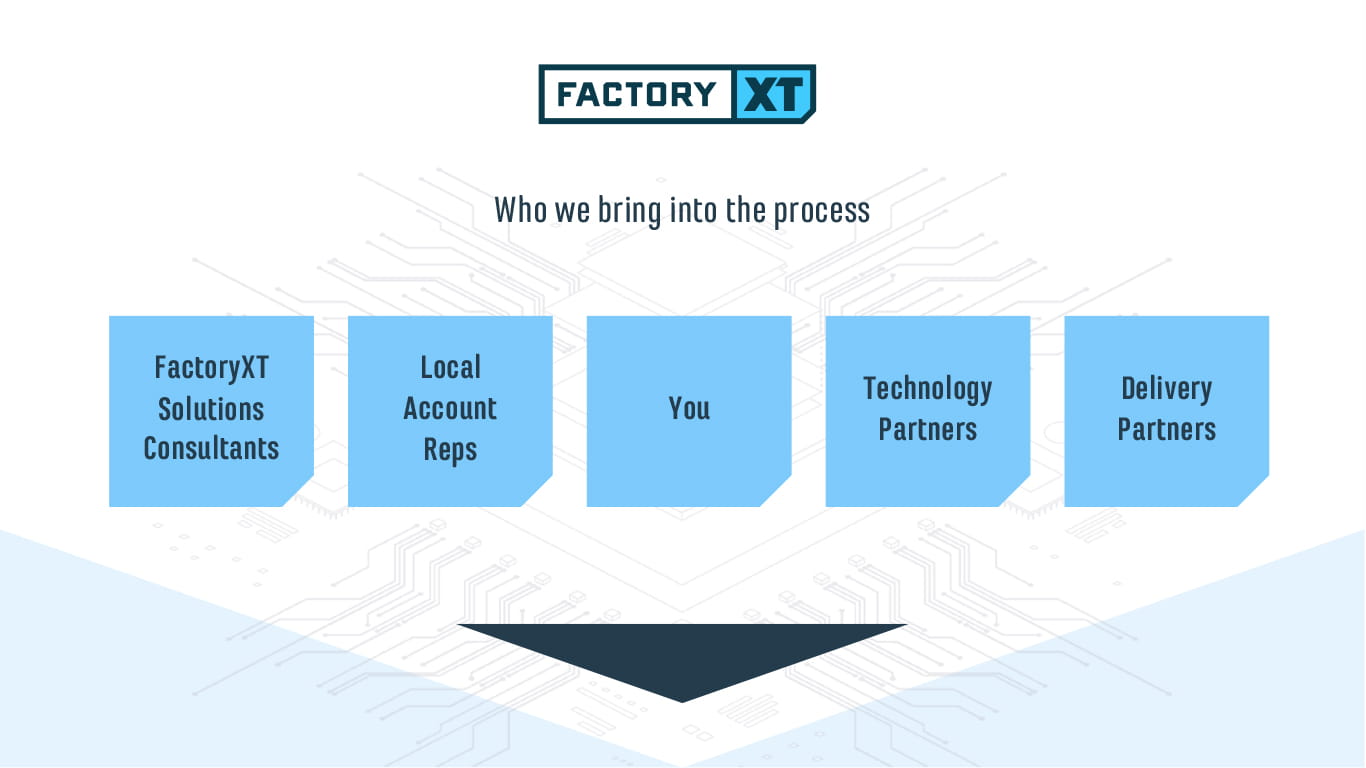Pre-Deployment Testing:
- System Testing: Conduct thorough testing in a controlled environment to identify and fix any issues before the live deployment.
- User Acceptance Testing (UAT): Engage end-users to test the system to ensure it meets their needs and expectations.
Deployment:
- Rollout Strategy: Choose an appropriate deployment strategy (e.g., big bang, phased, or parallel deployment) based on the customer's needs and risk tolerance.
- Communication: Keep the customer informed throughout the deployment process, providing regular updates on progress and any issues encountered.
- Data Migration: If applicable, ensure seamless data migration with minimal downtime.
Post-Deployment Verification:
- System Validation: Verify that the system is functioning as expected in the live environment.
- User Training: Provide training sessions for end-users to ensure they can effectively use the system.
- Documentation: Deliver comprehensive documentation, including user manuals, system architecture, and troubleshooting guides.
Project Review: Conduct a post-deployment review with the customer to evaluate the success of the deployment against the defined success criteria.
Documentation: Finalize and hand over all project documentation, including deployment records, testing results, and user guides.
Closure Meeting: Hold a formal project closure meeting to ensure all deliverables have been met and obtain customer sign-off.










